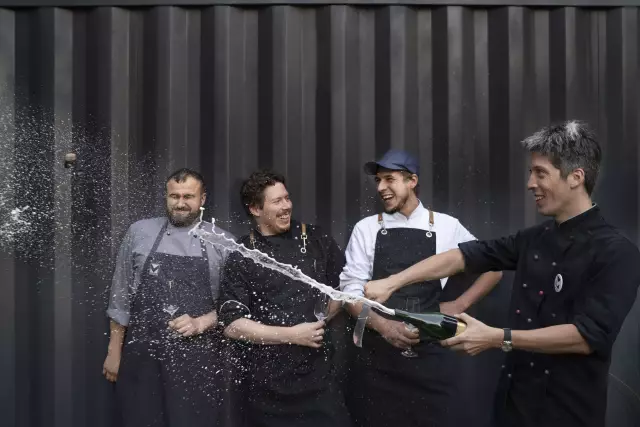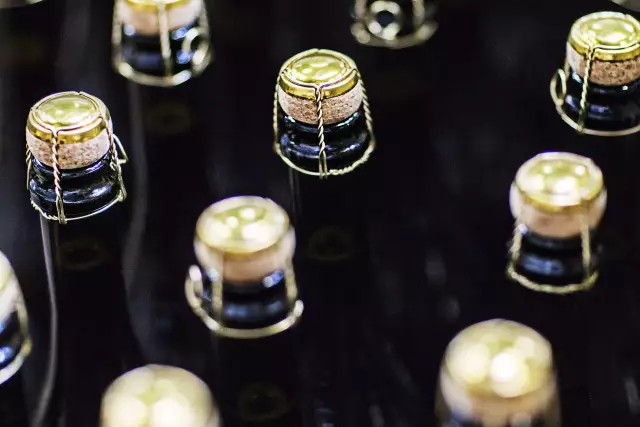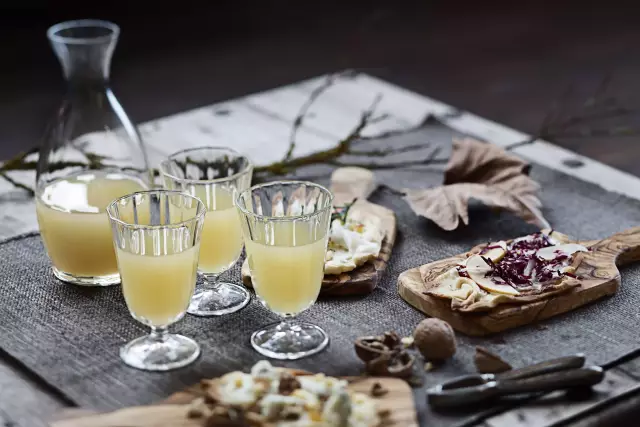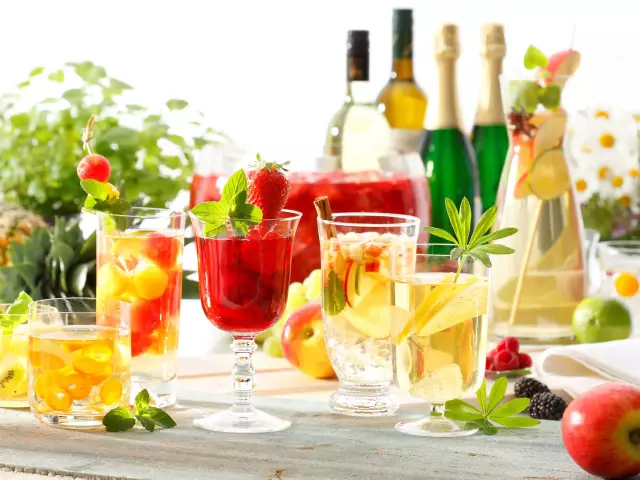Sparkling wine
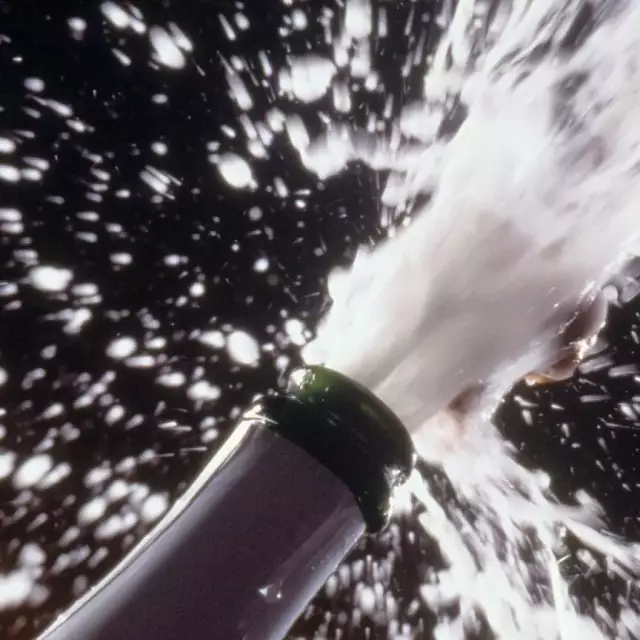
Be it New Year’s Eve, a party or brunch, a Formula One or a horse race – whenever people are bubbling over with joy, it’s hard to imagine them without a glass of bubbly, the sparkling crown jewel of winemaking.
Facts
-
8 - 10°
are ideal drinking temperatures
-
3,5
bar minimum
-
9 Monate
Fermentation in the bottle
-
0-3g
residual sugar content correspond to "brut nature".
German gourmets are the world champions of Sekt consumption. And that’s why many wine estates have established Winzersekt as a fixed component on their list of offers.
Extra Effort brings Extra Flavor
Classic fermentation in the bottle: At the beginning of the production of Sekt, sugar and a special kind of yeast, able to withstand great pressure, are added to the base wine. This initiates the second fermentation, producing the CO2 that will later make the Sekt sparkle so pleasantly in the glass. The pressure exerted by the carbonic acid needs to amount to at least 3.5 bar – up to 6 bar can be achieved. In the original method of Sekt manufacturing, the so-called Méthode champenoise, and in classic bottle fermentation, the second fermentation takes place in the individual bottle.
In a dark and cool cellar, Winzersekt lies and matures on its yeast for a minimum of 9 months, sometimes for years. After this, the bottles are placed upside down into so-called riddling racks. For a period of four weeks, they get turned daily and set ever more steeply upright at the same time. At the end of this laborious process, all the yeast has collected in the bottle’s neck. The bottle necks are then immersed in a brine (a freezing cold solution) to make the yeast freeze. If the bottles are opened now, the pressure from the carbonic acid ejects the yeast clot. The technical term for this process is “disgorging”.
Since the term “Méthode champenoise” has been exclusively reserved to the products of the French Champagne region for many years, Sekt manufactured by this method in Germany uses the term traditional or classic bottle fermentation.
Designations of styles
The designations for the styles of Sekt as defined by German Wine Law are different from those of wine, because the natural carbonic acid content of Sekt reduces the perception of sweetness. Accordingly, the permissible residual sugar levels of a dry Sekt are markedly higher than those of a dry wine.
- brut nature: 0-3 g/l
- extra brut: 0-6 g/l
- brut: 0-12 g/l
- extra dry: 12-17 g/l
- dry: 17-32 g/l
- semi-dry: 32-50 g/l
- mild: over 50 g/l
Not everything that foams is sparkling wine:
Schaumwein is the generic term for moussing, i.e. foaming wines with perlage, with a minimum pressure of 3 bar.
Sparkling wine is sparkling wine whose carbonic acid is produced during fermentation and generates at least 3.5 bar of internal pressure.
Perlwein has less pressure, the carbonic acid may also be added. Good sparkling wines are fresh, light, summery-fruity and at the same time relatively inexpensive, as they are not subject to sparkling wine tax.
Secco is the modern term for trendy sparkling wines.
Crémant can be called German sparkling wines that meet certain specifications for grape varieties, harvest and fermentation.
Which wine-growing region was the first to introduce sparkling wines to the market?
Rheinhessen launched the first vintner sparkling wines in Germany more than 25 years ago.


